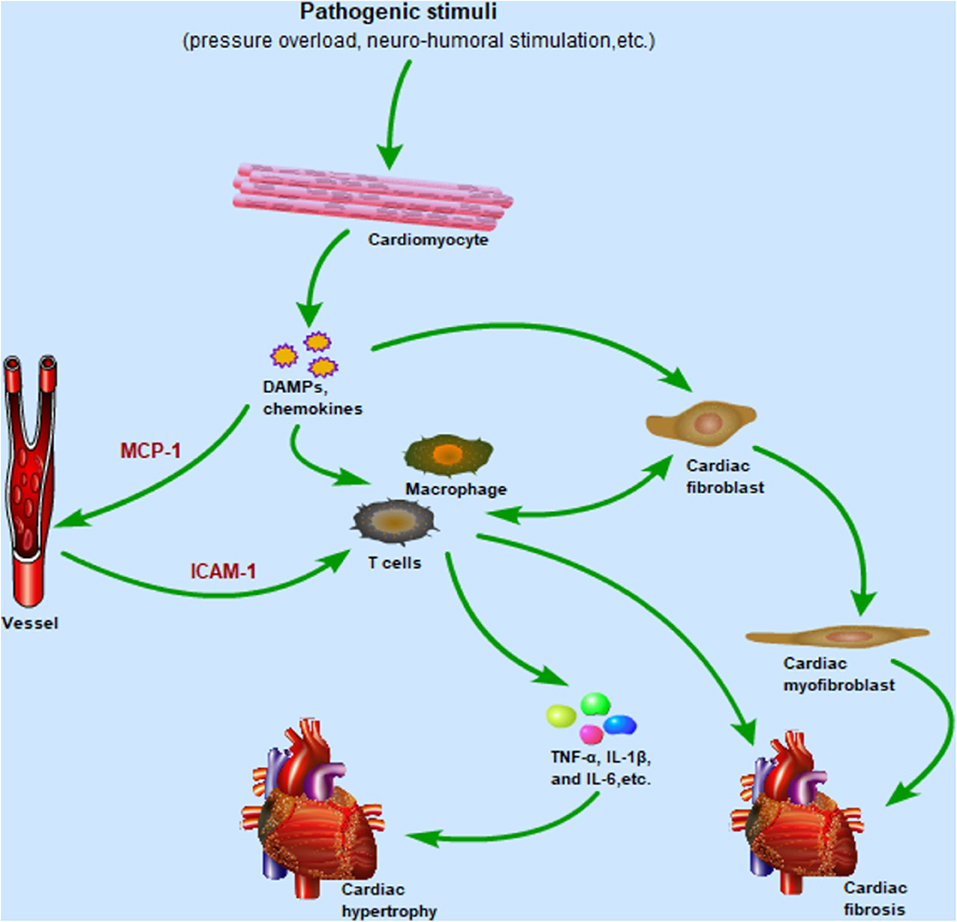

Thiedemann, K.-U., Holubarsch, Ch., Medugorac, I. Reindell), Springer, Berlin-Heidelberg-New York, 1982, pp. Pathophysiologic, Diagnostik, Therapie (Eds. Hyperfunktion, Hypertrophie und Insuffizienz des Herzens, VEB Verlag Volk und Gesundheit, Berlin, 1969. Takeda, N., Dominiak, P., Türck, D., Rupp, H. Kissling), Steinkopff, Darmstadt, 1983, pp. In: Cardiac Adaptation to Hemodynamic Overload, Training and Stress (Eds. Holubarsch, Ch., Goulette, R.P., Mulieri, LA and Alpert, N.R. Rupp), Thieme, Stuttgart-New York, 1986, pp. Pool, P.E., Covell, J.W., Levitt, M., Gibb, J. Alpert), Raven Press, New York, 1983, pp. In: Myocardial Hypertrophy and Failure (Ed. Jacob, R., Ebrecht, G., Holubarsch, Ch., Rupp H. Jacob, R., Kissling, G., Ebrecht, G., Jörg, E., Rupp, H. Strauer), Springer, Berlin-Heidelberg-New York, 1981, pp. Symposium ‘Inflammatory Heart Disease’, Würzburg, 1986, in press.Įbrecht, G., Rupp, H. Jacob, R., Ebrecht, G., Kissling, F., Rupp, FT and Takeda, N. Mittmann, U., Bruckner, U.B., Keller, H.E., Kohler, U., Vetter, H. Springer, Berlin-Heidelberg-New York, 1980. Jacob, R., Kissling, G., Ebrecht, G., Holubarsch, Ch., Medugorac, I. Section), Meeting Winnipeg, 1986.īurger, S.B. International Society for Heart Research (Amer. Jeschke), Springer, Berlin-Heidelberg-New York, 1984, pp. In: Stellenwert der Sportmedizin in Medizin und Sportwissenschaft (Ed. Jacob, R., Kissling, G., Ebrecht, G., Holubarsch, C. Wikman-Coffelt, J., Parmley, W.W., Mason, D.T.

Tarazi, R.C., Zanchetti, A.), Elsevier Science Publishers, Amsterdam, 1986, pp. This type of ventricle becomes "stiff" (i.e., compliance is reduced) which can impair filling and lead to diastolic dysfunction.Jacob, R. This type of ventricle is capable of generating greater forces and higher pressures, while the increased wall thickness maintains normal wall stress. In the case of chronic pressure overload (as through anaerobic exercise, which increases resistance to blood flow by compressing arteries), the chamber radius may not change however, the wall thickness greatly increases as new sarcomeres are added in-parallel to existing sarcomeres. This type of hypertrophy is termed eccentric hypertrophy. The wall thickness normally increases in proportion to the increase in chamber radius. This results in ventricular dilation while maintaining normal sarcomere lengths - the heart can expand to receive a greater volume of blood. the sarcomeres lengthen rather than thicken). If the precipitating stress is volume overload (as through aerobic exercise, which increases blood return to the heart through the action of the skeletal-muscle pump), the ventricle responds by adding new sarcomeres in-series with existing sarcomeres (i.e. However, over time, pathological changes occur in the heart that lead to a functional degradation and heart failure. This response enables the heart to maintain a normal stroke volume despite the increase in afterload. Chronic hypertension causes pathological ventricular hypertrophy. This type of physiologic hypertrophy is reversible and non-pathological, increasing the heart's ability to circulate blood. Anaerobic training results in the thickening of the myocardial wall to push blood through arteries compressed by muscular contraction. Aerobic training results in the heart being able to pump a larger volume of blood through an increase in the size of the ventricles. For example, hypertrophy is a normal physiological adaptation to exercise that enables the ventricle to enhance its pumping capacity. It is a physiological response that enables the heart to adapt to increased stress however, the response can become pathological and ultimately lead to a deterioration in function. Increased ventricular mass is an adaptation by the ventricle(s) of the heart to increased stress, such as chronically increased volume load (preload) or increased pressure load (afterload). The ventricles are the chambers in the heart responsible for pumping blood either to the lungs (right ventricle) or the rest of the body (left ventricle). Although ventricular hypertrophy may occur in either the left or right or both ventricles of the heart, left ventricular hypertrophy (LVH) is more commonly encountered.


 0 kommentar(er)
0 kommentar(er)
